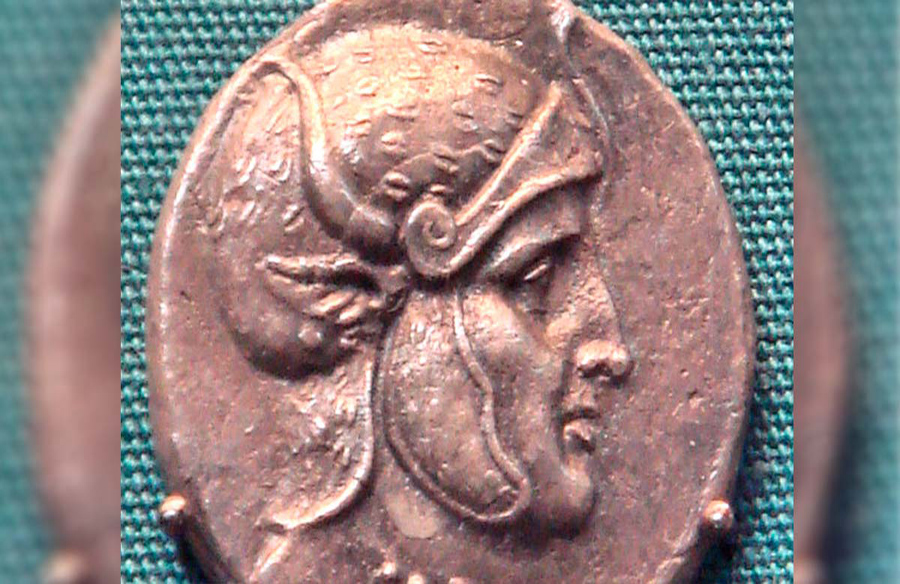The Seleucid Empire emerges from the aftermath of power struggles following Alexander the Great’s demise.
Following Alexander’s death in 323 BC, his vast empire, spanning from the Adriatic Sea to the Indus River, plunged into internal conflict. With no clear successor, the period known as the Diadochi saw rival generals competing for supremacy, with Seleucus, a cavalry commander, rising as a prominent figure.
The Rise of Seleucus and the Seleucid Empire
Seleucus’ ascent to power involved strategic alliances, diplomatic marriages, and territorial expansion efforts. In 307 BC, he laid the foundation for the Seleucid Empire by establishing its capital, Seleucia.
Amidst challenges from rival generals and external adversaries, Seleucus skillfully navigated the complex geopolitical landscape. Notable among his endeavors were the Babylonian Wars and a significant campaign against the Mauryan Empire in present-day Afghanistan and India.
The Trials and Tribulations of the Seleucid Empire
Despite Seleucus’ achievements, the Seleucid Empire faced persistent challenges. The Battle of Ipsus in 301 BC proved pivotal, solidifying Seleucus’ dominance. However, the empire’s fortunes fluctuated as subsequent rulers grappled with external invasions, internal discord, and interference from Rome.
Antiochus III’s ambitious campaigns against Rome resulted in setbacks, signaling the beginning of the Seleucid decline. Subsequent rulers, notably Antiochus IV, faced internal unrest, culminating in the Maccabean Revolt.
The Decline and Fall
By 164 BC, the Seleucid Empire had dwindled, succumbing to internal divisions and external pressures. Its formal dissolution occurred in 64 BC, marking the end of a tumultuous era in ancient history.








